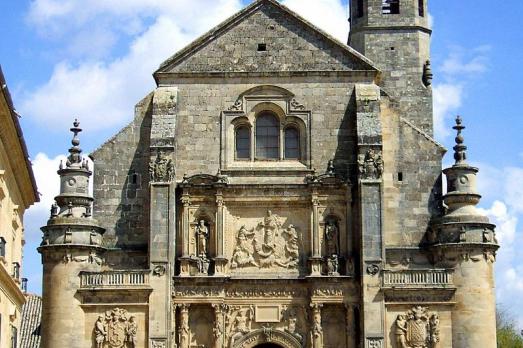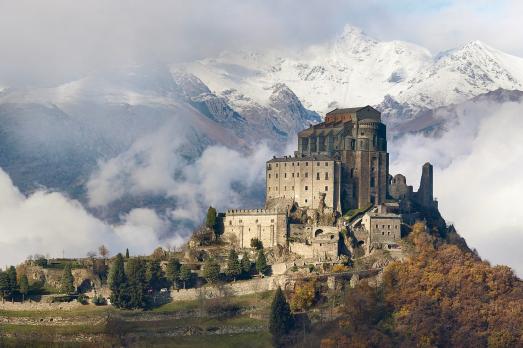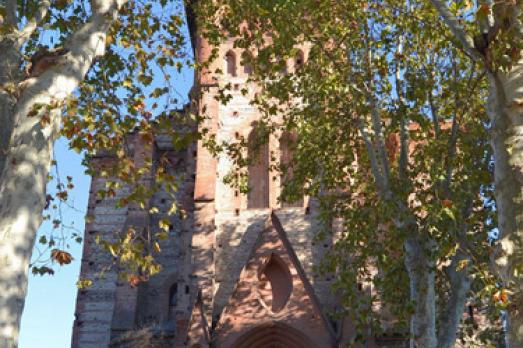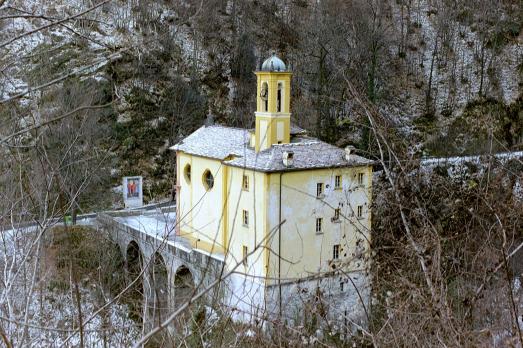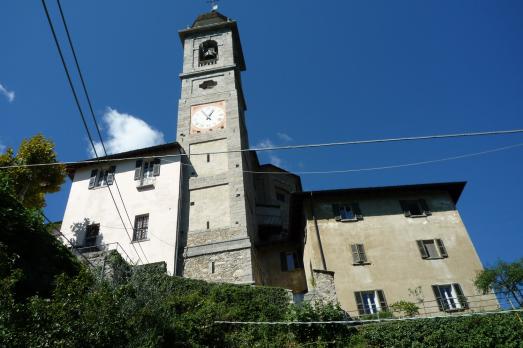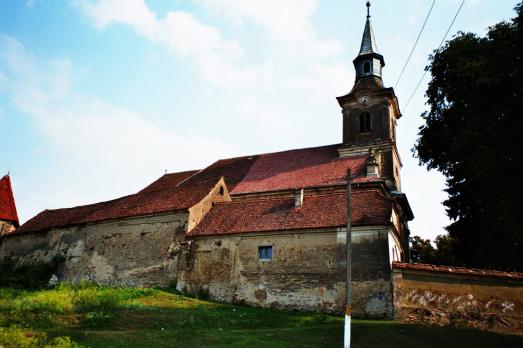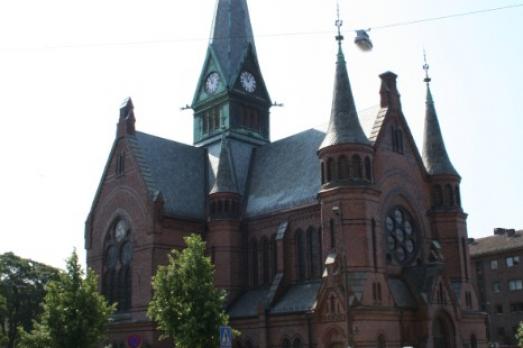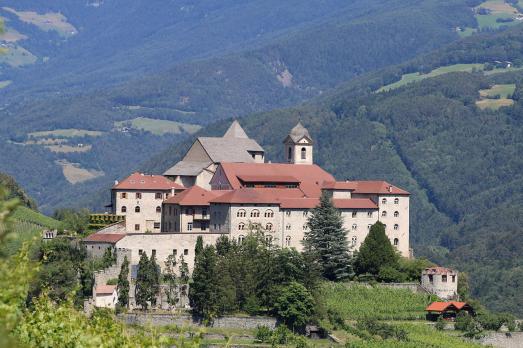
Säben Monastery
Chiusa, IT
The monastery of Sabiona (in German Kloster Säben) is the spiritual cradle of the entire Tyrol and is one of the oldest Christian monuments in the Alps. The current monastery’s building was founded in 1687 on a site used by bishops since the 6th century. Currently and for almost three hundred years, the monastery has been the seat of a community of Benedictine nuns, who are currently only 11 and live in seclusion.
